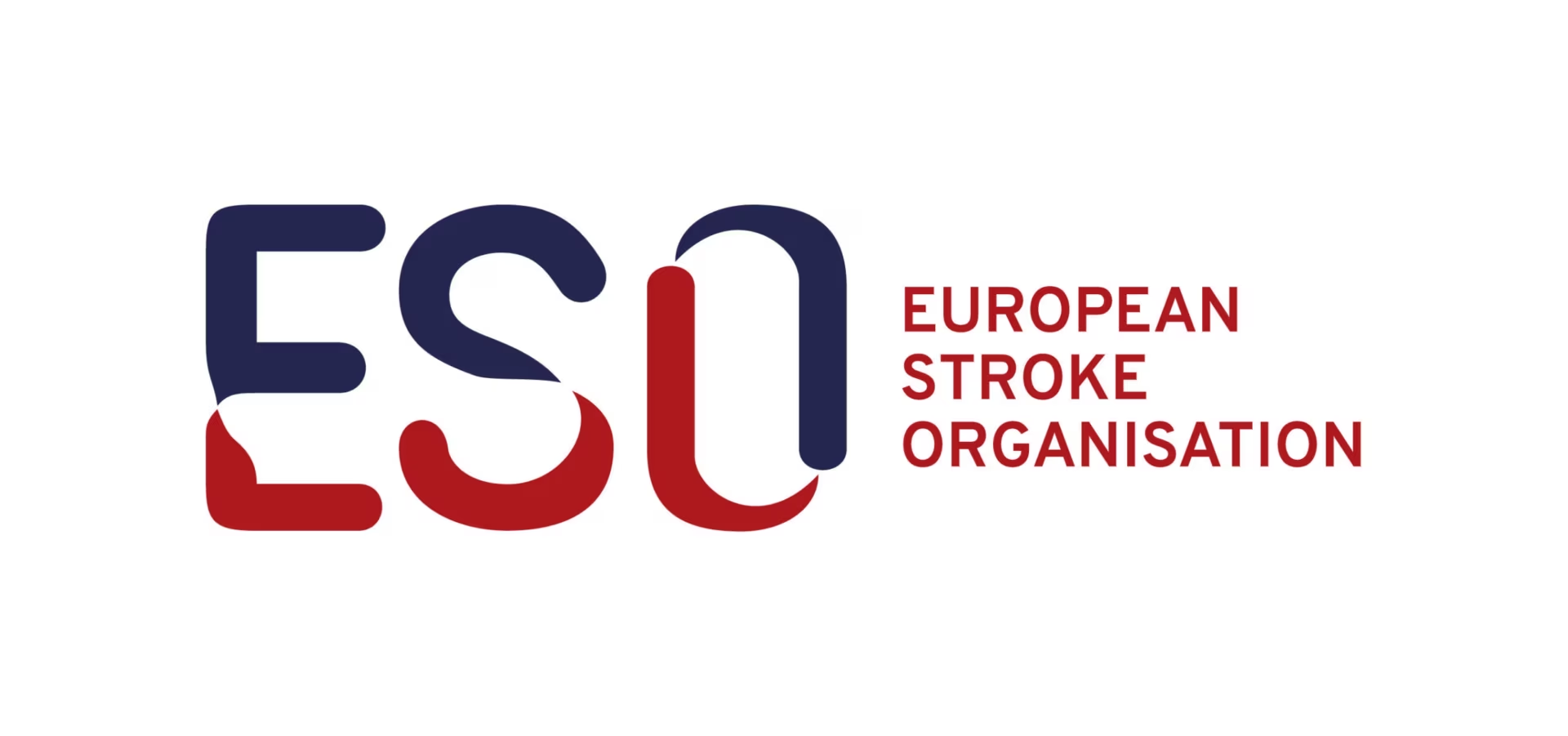
The European Stroke Organisation (ESO) is a pan-European society of stroke researchers and physicians, national and regional stroke societies and lay organisations that was founded in December 2007.
The aim of the European Stroke Organisation (ESO) is to reduce the incidence and impact of stroke by changing the ways that stroke is viewed and treated. This can only be achieved by professional and public education, and by making institutional changes.
The ESO provides assistance in achieving this goal and in harmonising stroke management across the whole of Europe. To learn more about our organisation, please view the structure, history, mission and activities of ESO.
Save the Date! ESOC 2025 – The 11th European Stroke Organisation Conference

ESOC 2025 21-23 May, hosted in Helsinki Finland, presents an exceptional conference experience, providing an outstanding scientific programme with major clinical trials, workshops, and debates aimed at connecting colleagues across various disciplines, institutes, and countries.
ESO is active in Twitter @ESOstroke and Facebook @EuropeanStrokeOrganisation, as well as LinkedIn. Please follow us and join in on the conversation.
We use #stroke, #ESOC2025 and #StrokeTwitter to ensure you can easily find our latest messages.


